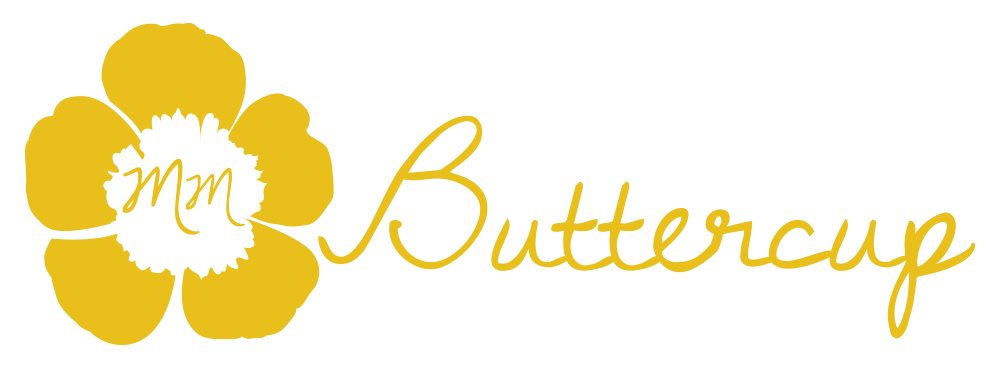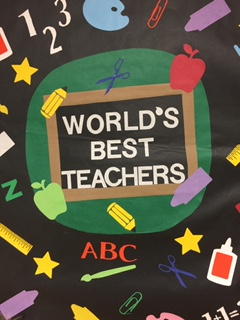A barrier that may prevent or impact children’s cognitive development and growth is when adults/caregivers are in a hurry and do not take time to intentionally create responsiveness in the environment for children. Dr. Stephanie Jones who is an early childhood researcher at Harvard says, “When we talk about cognitive development, we are focusing on those skills that the brain uses to think, learn, read, remember, pay attention, and solve problems. Cognitive skills also support us when we set goals, plan, organize, and persevere through challenges.”
Research studies support the idea that cognition is one of the more difficult developmental areas to promote (Hamre, 2014; Hassinger-Das, Hirsh-Pasek, & Golinkoff, 2017; Hinton, 2017; National Commission on Social, Emotional, & Academic Development, 2019; Weiland & Yoshikawa, 2013; Weisberg et al., 2016). Parents and educators can support cognitive growth by creating cognitively stimulating interactions with children, and then by assessing, goal setting, implementing strategies, and then evaluating the effectiveness of the strategies.
One way to measure how effective we are in teaching children for cognitive growth is by implementing a curriculum-based assessment (CBA). My colleagues and I are publishing a new edition of a widely used CBA called the Assessment, Evaluation, and Programming System or AEPS (Bricker, Dionne, Grisham, Johnson, Macy, Slentz, & Waddell, 2022). The AEPS3® has a revised cognitive area where we can assess, and also turn to a companion curriculum to help support cognitive development in infants, toddlers, preschoolers, and kindergarteners.
Educators and parents promote cognitive development by creating a responsive environment for children. Project Zero concepts can be used to model visible thinking and thinking routines for children (Project Zero, 2019; Salmon, 2010; Walsh & Rastegari, 2018). Providing children with feedback is an important element that supports growth and learning. For example, asking a child questions which expand on their initial communicative attempts is a form of feedback that leads to learning. Parents and educators can weave in opportunities throughout a young child’s day and routines when we teach for cognitive growth.
Sources:
Bricker, D., Dionne, C., Grisham, J., Johnson, J.J., Macy, M., Slentz, K., & Waddell, M. (2022). Assessment, Evaluation, and Programming System for Infants and Children, Third Edition (AEPS®-3). Baltimore: Brookes Publishing Co.
Hamre, B. (2014). Teachers' daily interactions with children: An essential ingredient in effective early childhood programs. Child Development Perspectives 11(4), 223-230.
Hassinger-Das, B., Hirsh-Pasek, K., & Golinkoff, R.M. (2017). The case of brain science and guided-play: A developing story. Young Children, 72(2). Retrieved from https://www.naeyc.org/resources/pubs/yc/may2017/case-brain-science-guided-play
Hinton, M. (2017). New study touts gains from academic preschools. Education Week. Retrieved from https://blogs.edweek.org/edweek/early_years/2017/06/study_finds_academic_preschools_benefit_middle-class_students.html
National Commission on Social, Emotional, & Academic Development. (2019). From a nation at risk to a nation at hope. Retrieved from http://nationathope.org/report-from-the-nation/executive-summary/
Project Zero (2019). Thinking Routines. Retrieved from https://vimeo.com/108000553 (4:35 minutes).
Salmon, A. K. (2010). Engaging young children in thinking routines. Childhood Education (86),3, 132-137.
Walsh, B. & Rastegari, I. (2018). Think better. Usable Knowledge. Retrieved from https://www.gse.harvard.edu/news/uk/18/02/think-better Links to an external site.
Weiland, C. & Yoshikawa, H. (2013). Impacts of a prekindergarten program on children's mathematics, language, literacy, executive function, and emotional skills. Child Development, 84 (6), 2112–2130.
Weisberg, D. S., Hirsh-Pasek, K., Golinkoff, R. M., Kittredge, A. K., & Klahr, D. (2016). Guided play: Principles and practice. Current Directions in Psychological Science, 25(3),177-182.





























































